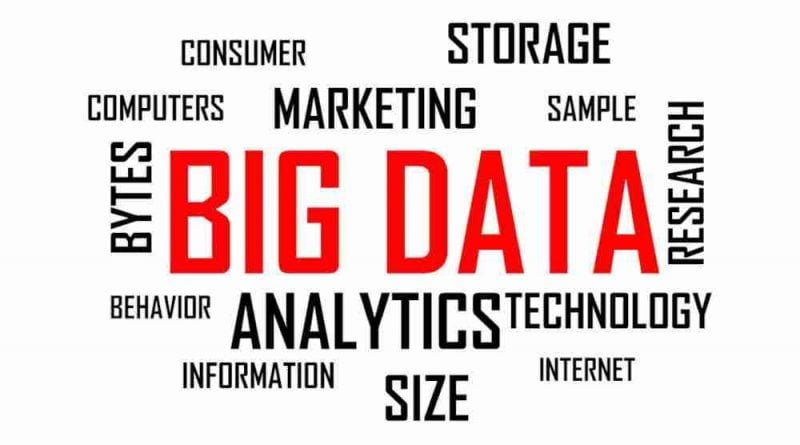What is Big Data? Introduction, Working, Types, Importance
What is Data?
A data are a collection of information, numbers or words that has been formatted in a particular manner. Data is a set of values of qualitative or quantitative variables of one or more persons or objects.
What is Big Data?
Big data are a data sets that are too large, complex and impossible to process by traditional data processing application software.
Big data is a use of advanced analytics techniques for very large and complex data sets that includes structured, semi-structured and unstructured data from different sources in the huge data stored size and capacity.
A stock exchange is one of the best example of Big Data that generates around one terabyte of data for trades every day.
Types of Big Data:
There are mainly three types of Big Data:
- Structured
- Unstructured
- Semi-structured
Structured: A data which is stored, accessed and processed in the form of fixed format is known as structured data.
Unstructured: A data with unknown form or the structure is known as unstructured data. Unstructured data contains combination of text files, videos, images, etc.
Semi-structured: Semi-structured data contain both form of structured and unstructured data. A semi-structured data is a data represented in XML file.
Importance of Big Data:
Big Data plays a very important role for companies. Many big companies use big data in their systems to improve their working, operation, marketing and customer services.
- It helps to improve operational efficiencies.
- It helps to increase new revenue and future growth opportunities.
- It uses to make a great customer support and customer relation.
- It is very important in marketing of companies.
Advantages of Big Data:
- Big data helps for faster and better decision making.
- It is used to increase operational efficiency.
- Flexible data processing and analyzing can make cost reduction in access large data.
- Analyzing data from big data can improved data driven.
- It is used to improve customer services and feedback.
- It is used for creating a staging area for new data.





